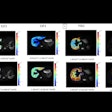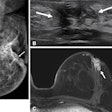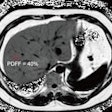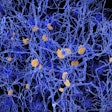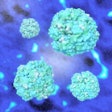Drinking beer may have a new downside, according to a team of researchers who have reported that the MRI contrast agent gadolinium has been found in beer and energy drinks.
The results offer a "snapshot" of the current status of rare earth element contamination in beverages, according to a team led by Aéla Bordeneuve-Pérès, PhD, of the University of Brest in France. The findings were published August 21 in Food Chemistry.
"[Our] results demonstrate that rare earth element contamination, albeit in relatively small amounts, is now common in industrially-produced beverages including beers and sugar-rich drinks," the group wrote.
Rare earth elements (REE) are a group of 16 metallic elements often used in a range of industrial applications, including catalysts, magnets, polishing activities, batteries, and lasers, the team noted. The group includes cerium, dysprosium, erbium, europium, gadolinium, holmium, lanthanum, lutetium, neodymium, praseodymium, promethium, samarium, scandium, terbium, thulium, ytterbium, and yttrium.
Some, such as gadolinium (Gd), are also used for medical purposes; and in fact, one of the best-documented types of REE pollutions is that of gadolinium generated by MR imaging, the authors wrote. In some MRI exams, patients are administered gadolinium-based contrast agents (GBCAs) that are then voided through the kidneys; that urine flows into waste waters and then on to natural water sources.
"Today, in densely populated countries with significant medical activity, traces of Gd are commonly detected in rivers and aquifers … as well as in coastal waters, where gadolinium concentrations are increasing over time," the authors wrote. "Gadolinium excesses are also detected in tap water, and therefore in beverages derived from it, as exemplified by sodas served in German fast-food restaurants."
However, the magnitude of the occurrence of REEs in food and beverages remains unclear, according to the investigators. To address the knowledge gap, they conducted a study that included 30 beers of different brands purchased between November 2024 and April 2025 and two sugar drinks (a Red Bull original, made in Austria, and a Fuze Tea peach made in France) that they chemically tested for the presence of gadolinium.
Twenty-five of the beers included in the research were from Europe, while four were from Asia and one was from Peru:
- Belgium (Affligem, Bud, Grimbergen, Hoegaarden, La Chouffe, Leffe Blonde, Rince Cochon)
- China (Tsingtao)
- Czech Republic (Budweiser Budwar, Pilsner Urquell)
- England (Bombardier)
- France (1664, Bourbon, Desperados, Heineken, Kronenbourg, Pelforth)
- Germany (Eku 28, Löwenbrau Munchen, Paulaner Münchner Hell)
- Ireland (Guinness)
- Japan (Asahi Super Dry)
- Peru (Pilsen Callao)
- Poland (Namysł´ow Pils)
- Portugal (Sagres, Super Bok)
- South Korea (Cass)
- Spain (Estrella)
- Thailand (Chang)
- Turkey (EFES)
The investigators chemically prepared each sample to assess the presence of rare earth elements and yttrium. They found the following:
- All beers included in the study and the Red Bull drink showed an anomaly in Gd, but the contamination did not tend to exceed 5 pg/g.
- One beer (Sagres, brewed near Lisbon, southwest Portugal) showed a much higher contamination ("an excess of Gd of the order of 30 pg/g"). The group noted that this beer is likely brewed using water produced from the Tagus River in the Iberian Peninsula, "whose Gd-contamination has been previously established."
- Asahi SD beer (Tokyo), La Chouffe (Belgium), and Pelforth (Northern France) also showed marked positive anomalies in Gd, but the excesses of Gd producing them were lower (1 pg/g).
More research is needed, according to the team.
"[Our study confirms] that beer or other industrial drinks show varying degrees of Gd contamination," it concluded. "This contamination, albeit relatively minor, should not be neglected … other studies will be required in the coming years to assess how this pollution may evolve through time."
The complete study can be found here.




.fFmgij6Hin.png?auto=compress%2Cformat&fit=crop&h=100&q=70&w=100)
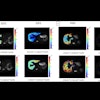
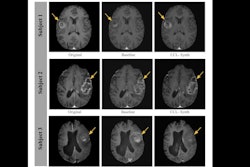
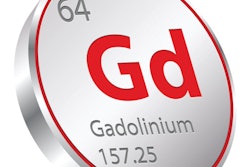
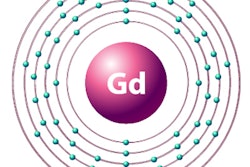
.fFmgij6Hin.png?auto=compress%2Cformat&fit=crop&h=167&q=70&w=250)



